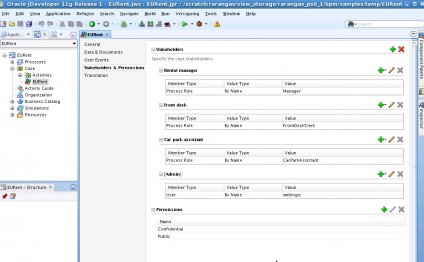
Workers p Case Management
a mixed techniques research with quantitative and qualitative information collection ended up being performed from June to July 2011 in Iganga-Mayuge Health and Demographic Surveillance Site (HDSS). The HDSS is made of 65 villages and is based in east Uganda, about 115 kilometer from Kampala, the administrative centre. The location is served by 131 CHWs understood in the region as “community medication vendors” (CMDs) who treat children elderly less than 5 years. The CHWs complement medical solutions given by the 10 government and three non-governmental health facilities plus the 122 medicine stores and private clinics. The CHWs are supplying health services in the region since 2009 under a cluster randomized test (test enrollment number: ISRCTN52966230).
Description of cluster randomized test
The 65 villages for the HDSS tend to be divided into input (dual-illness administration) and control (single-illness management) areas and all villages have actually two CHWs each, except one village which has three CHWs because it is bigger. The CHWs in dual-management places treat young ones elderly 4–59 months with non-severe malaria and pneumonia making use of pre-packaged anti-malarials (artemether-lumefantrine, AL) and antibiotics (amoxicillin), respectively. Young ones with extreme or other health problems are regarded nearby wellness facilities. The CHWs inside single-management areas address only kids with non-severe malaria making use of anti-malarials. Young ones with breathing or any other symptoms or people that have serious condition tend to be described health services. The CHWs when you look at the dual- and single-illness management places do not treat young ones with diarrhea although it is just one of the conditions targeted because of the ICCM method because utilization of the group randomized trial commenced in 2008 ahead of the ICCM strategy ended up being adopted in Uganda and had been primarily informed by researches that had shown symptom overlap between malaria and pneumonia.
The CHWs diagnose malaria and pneumonia based on the incorporated management of youth infection (IMCI) classifications of infection. Specifically, children tend to be categorized as having “malaria” if they have fever or reputation for fever inside the previous 24 hours; so that as having “pneumonia” whether they have coughing and tough respiration or fast respiration (≥50 breaths each and every minute in kids elderly four to one year and ≥40 breaths each and every minute in children 12 to 59 months). An analysis of severe condition is created in the event that child has some of the four basic danger signs: convulsions, repeated sickness, lethargy/unconsciousness or failure to feed, or other risk signs: chest in-drawings, noisy breathing, severe dehydration and pallor. CHWs should follow-up kids which were treated and refer the ones that didn't get well to the nearest health device. The CHWs do not use quick diagnostic examinations (RDTs) inspite of the 2010 whom recommendation for malaria parasite based analysis because trial commenced prior to the recommendation ended up being made. It is vital to observe that RDTs may not be available constantly in resource restricted settings and CHWs might have to treat kids without all of them.
The anti-malarials (artemether 20 mg, lumefantrine 120 mg) that CHWs usage are available in two age-specific amounts in other words., six tablets in a yellow pack for kids elderly significantly less than 3 years and 12 tablets in a blue pack for the kids aged 36–59 months. The antibiotics (amoxicillin 125 mg) can be purchased in three age-specific doses: six tablets (red pack) for children significantly less than one year, 12 tablets (green pack) for kids aged 12-35 months, and 18 pills (purple pack) for kids aged 36-59 months.
All CHWs received instruction on malaria for three days and those into the dual-management arm obtained an additional 3 days education on severe breathing illness (ARI). It on malaria addressed signs or symptoms, risk signs, transmission, prevention, and populations prone to malaria while that for ARI addressed symptoms, usage of respiratory timer, risk signs, and prevention of pneumonia. All CHWs were trained on recommendation, completing registers, handling drug materials, counseling caregivers of children, and damaging effect monitoring. Working out of CHWs ended up being strengthened at monthly conferences using supervisors for the task and wellness employees. The CHWs also got monthly guidance by wellness employees from the nearest wellness center whom checked the treatment techniques of CHWs, medicine storage space and record maintaining. The details of the cluster randomized trial have-been explained elsewhere.
Members
100 twenty-five (125) of 131 CHWs in Iganga-Mayuge HDSS that have been readily available during research duration and which gave informed consent to participate were enrolled in the research.
Share this Post
Related posts
Lets talk braces
Have you been dreaming of a gorgeous smile and envied those people who have perfect teeth for a long time? You definitely…
Read MoreHow to maintain health during times of stress?
A modern person experiences the same stress on weekdays as on a dark street. As a result, the nervous system is depleted…
Read More
















